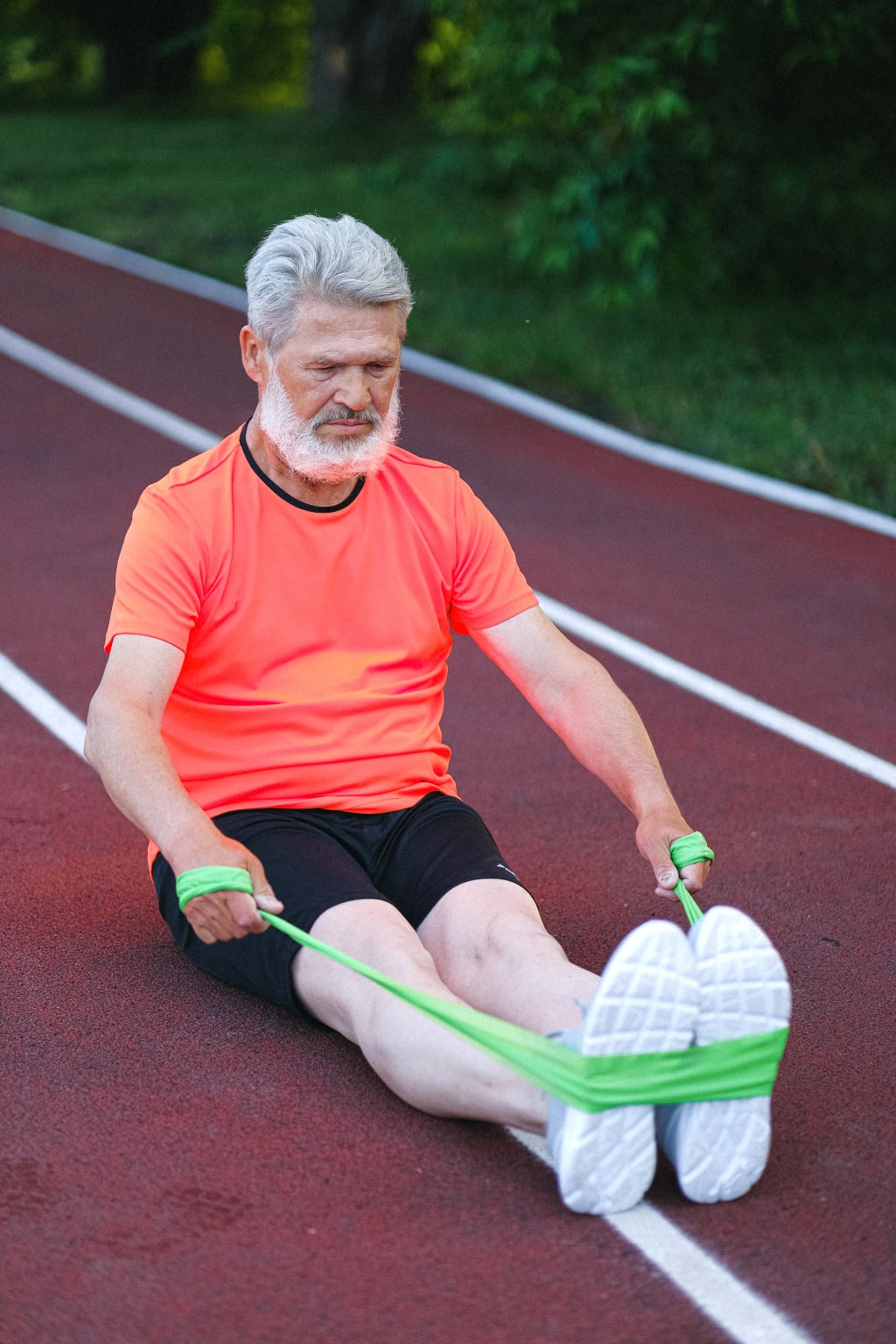Your Strength: Tips For Resistance Training And Muscle Building
Fitness

In today’s fast-paced world, it’s becoming more and more important to keep your body healthy and fit. Resistance training and building muscle are not only popular among people who like to work out, but they are also important for general physical health. This article will give you useful information and tips on how to add resistance training to your fitness routine. This will help you get stronger and reach your fitness goals.
Benefits
Resistance exercise and building muscle are good for more than just getting stronger. Some of the most important benefits are:
- Increased Metabolism: Strength training can raise your resting metabolic rate, which means your body burns more calories even when it’s not doing anything. This can be especially helpful for people who want to lose weight or keep their bodies in good shape.
- Better bone health: Doing resistance workouts regularly can increase bone density and lower the risk of diseases like osteoporosis. When bones are stronger, the body as a whole is more durable and lasts longer.
- Injury Prevention: Strengthening muscles, tendons, and ligaments through resistance training can help keep people from getting hurt in daily tasks or other sports. A strong musculoskeletal system acts as a shield against aches and tears that aren’t necessary.
- Mental Health: Resistance training has been shown to release endorphins, which are the “feel-good” chemicals. This lowers stress and improves mental health as a whole. It can make you feel better about yourself, improve your mood, and even help with depression or worry.
Tips for Fitness
Consider the following tips from experts if you want to get the most out of your strength training and build muscle as much as possible:
1. Set Realistic Goals
Before starting an exercise plan, it’s important to set goals that you can reach. Figure out what you want to achieve in terms of muscle strength, size, or health in general. This will help you stay on track and give you a good way to measure your progress.
2. Proper Form and Technique
For a safe and successful workout, it is important to put form and technique at the top of your list when doing resistance exercises. Using the wrong form can hurt you and slow your success. Ask a trained fitness professional or instructor for help to learn the right way to do each exercise.
3. Gradually Increase Intensity
When the resistance or intensity of a workout gets harder over time, the muscles change and grow. Increase the weight, the number of repetitions, or the length of the exercises over time to test your muscles. This is the only way to keep getting better and not get stuck on a plateau.
4. Rest and Recovery
Just as important as the workout itself is giving your muscles enough time to heal. When you give your muscles enough time to rebuild and repair (usually 48 hours between hard workouts that focus on the same muscle group), they get stronger and grow.
5. Nutrition Matters
The best nutrition is a key part of growing muscle. Eat a well-balanced diet with lean forms of protein, complex carbs, and healthy fats. Muscle growth and repair are especially dependent on getting enough protein. Talk to a nutritionist or doctor to make sure you’re getting all the nutrients your body needs.

Types of Exercises You Can Do
Resistance training gives you a wide range of ways to work different muscle groups and reach your fitness goals. Here are some famous things to add to your schedule:
1. Compound Exercises
Compound movements work out more than one muscle group at once, which saves time and makes workouts more effective. Examples include squats, dead lifts, bench pushes, and pull-ups. These workouts are great for getting stronger all over and making your movements more useful.
2. Isolation Exercises
Isolation workouts work only on certain groups of muscles, so you can focus on getting stronger and shaping certain parts of your body. Examples include arm curls, tricep extensions, calf raises, and lateral raises. Adding solo exercises to your workout routine can help you get a well-rounded body.
3. Bodyweight Exercises
Bodyweight workouts don’t need any extra tools and can be done anywhere. Push-ups, lunges, burpees, and planks are some of the workouts that use your own body weight as resistance. They are great for people who are just starting out or who don’t have access to gym tools.
4. Resistance Bands and Machines
Resistance bands and machines give different levels of resistance throughout the range of motion of an exercise, so the muscles are always under tension. They are good for people at all stages of fitness and can be used to work almost any muscle group.
Conclusion
Resistance exercise and building muscle are important parts of a complete fitness program. By using these tips and changing up your workouts, you can get stronger, look better, and feel better all around. Safety should always be your top priority. If you need to, talk to a professional, and enjoy the process of getting stronger.
About the Creator
Abby blasius
I am a passionate content creator with a strong focus on health and wellness. While my educational background lies in a Bachelor of Accounting and Finance, it is my innate desire to help people feel good about themselves in mind, body&soul






Comments
There are no comments for this story
Be the first to respond and start the conversation.